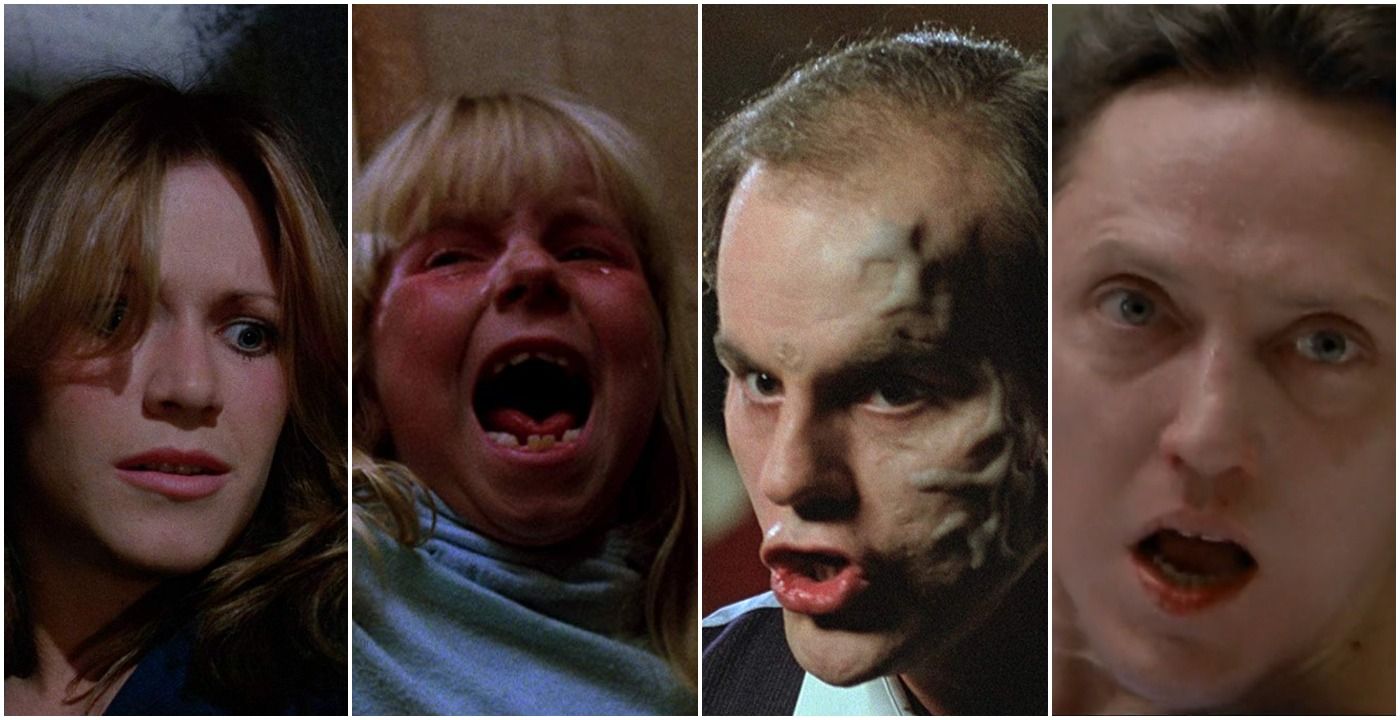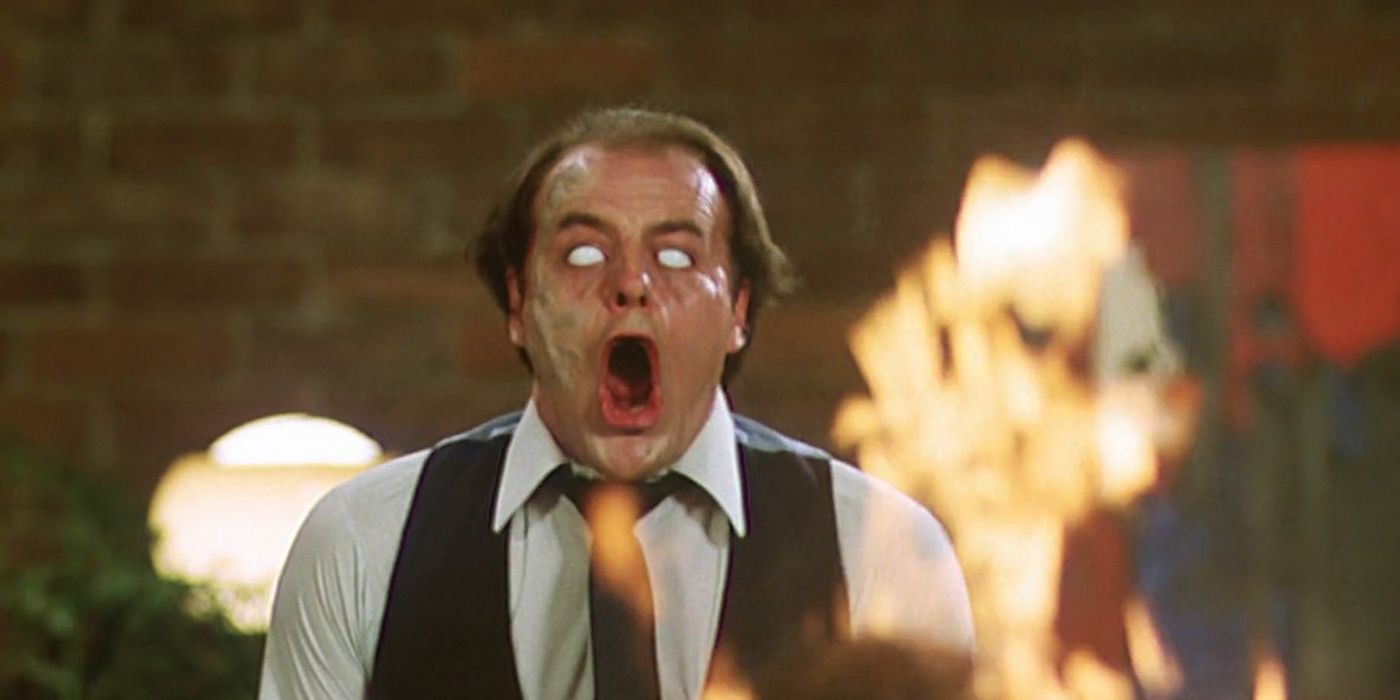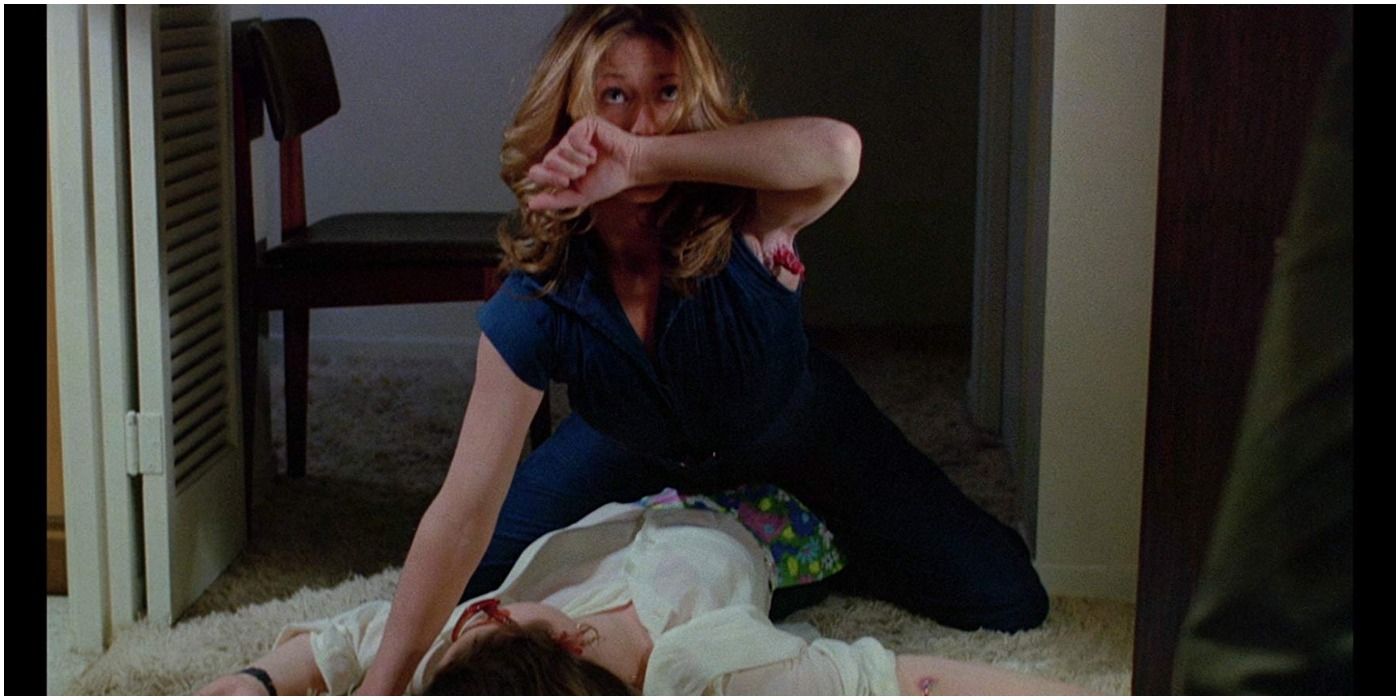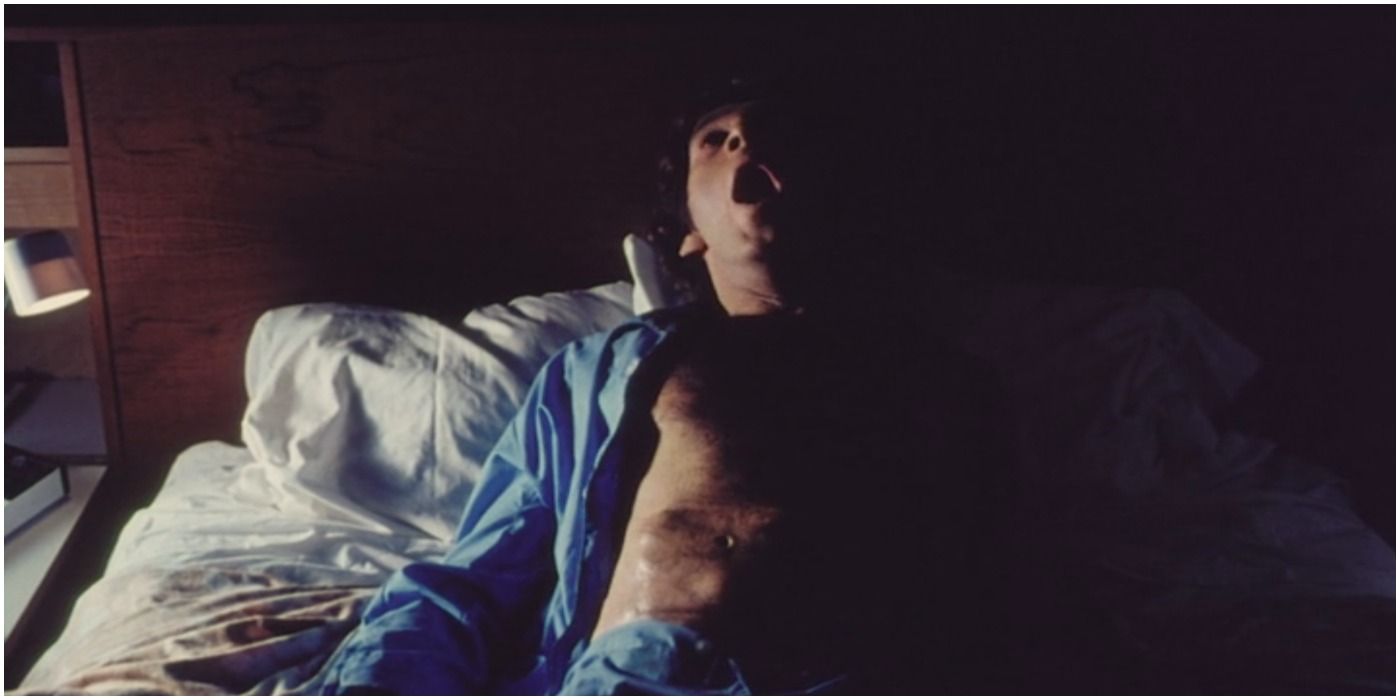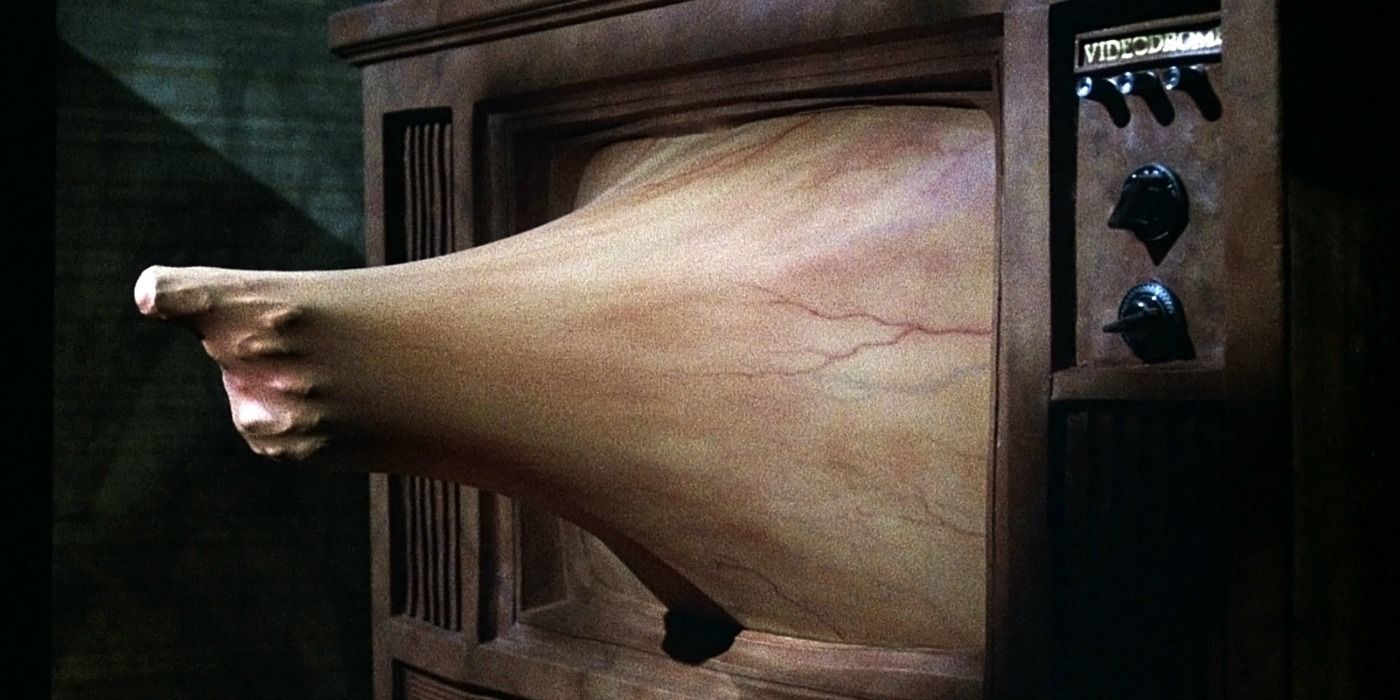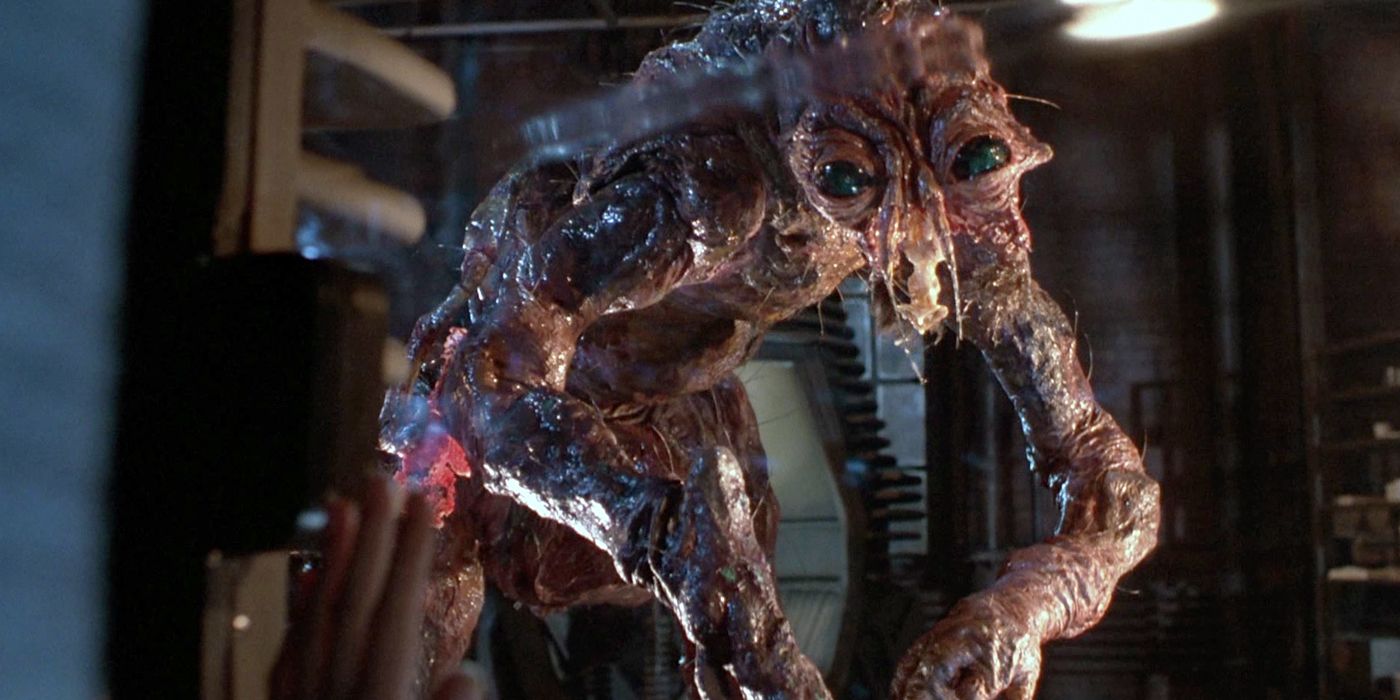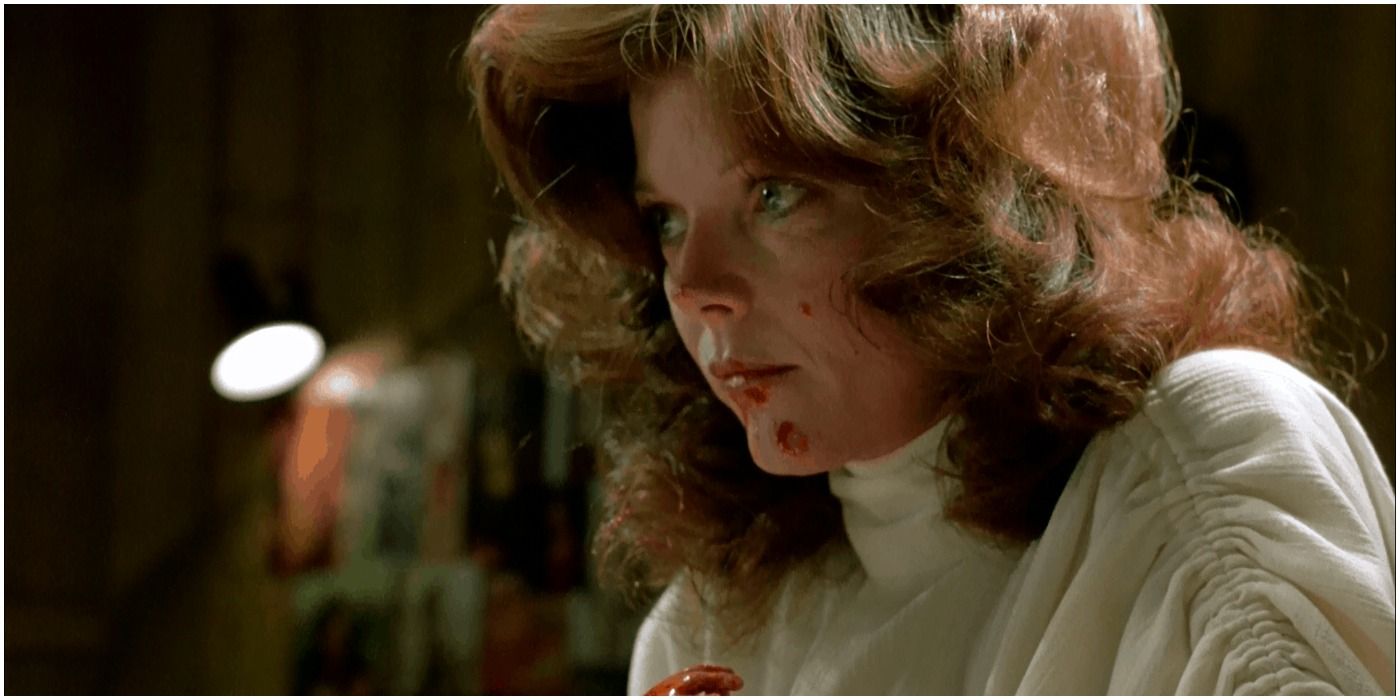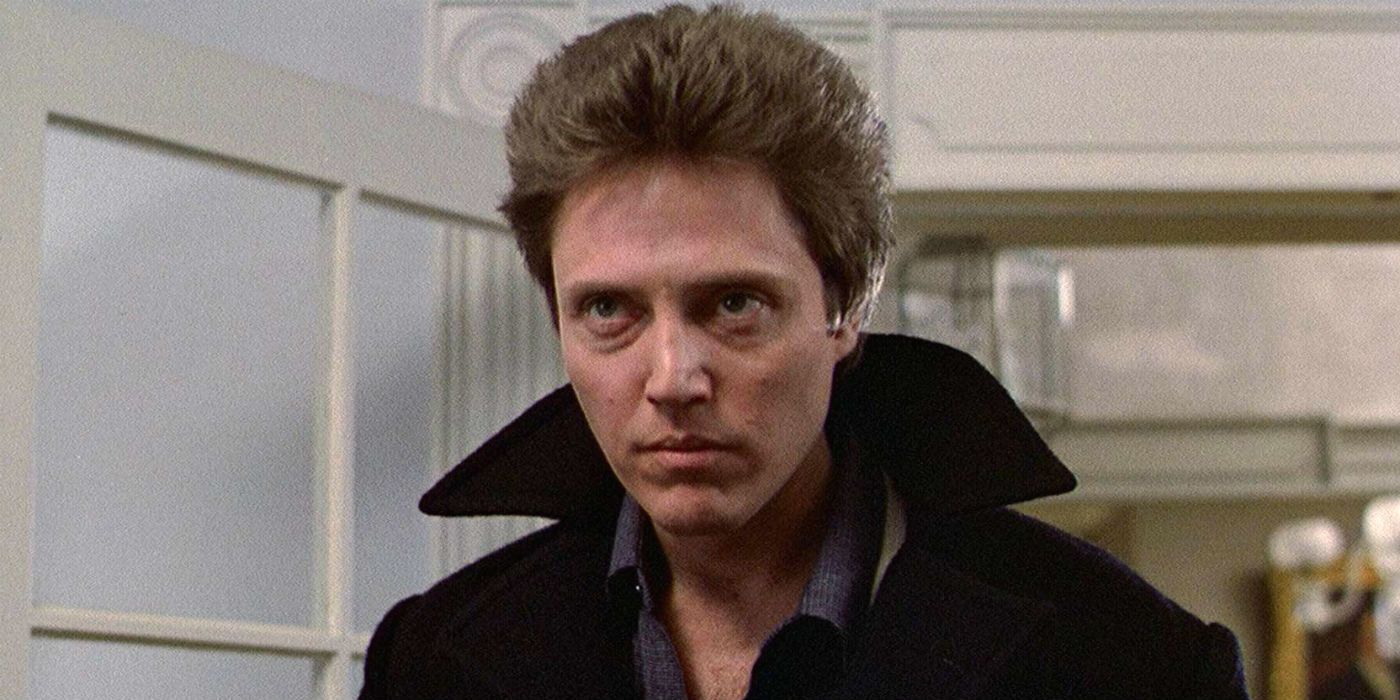From 1975 to 1986, David Cronenberg made a variety of diverse and intriguing horror films exploring adult themes unique to the genre. Here’s how each of his first seven horror films rank, from worst to best.
Covering everything from the sexual revolution to the breakdown of the nuclear family, Cronenberg’s grounded, often sophisticated, style of celluloid metaphor created some of the most memorable fright films of the 70s and 80s. Before he became a noted Hollywood player after the success of The Fly, his bold, low-budget productions, many funded through “Canadian tax shelter money,” captivated U.S. audiences. After shooting several shorts for Canadian television, Cronenberg ventured into film in 1975 with the horrific STD allegory, Shivers, which was also known in various territories as The Parasite Murders and They Came From Within. While extremely controversial and critically panned, its huge success in Canada alone allowed the auteur the freedom to make several more independently-funded films.
Cronenberg followed up Shivers with the similarly allegorical Rabid, which featured adult film actress Marilyn Chambers in her first mainstream performance. The young auteur, who also wrote all of his early films, quickly became a respected name in the horror industry. His next two films, The Brood and Scanners, were both solid hits, allowing for films with bigger budgets and studio support. Videodrome was his most ambitious and expensive project to date. Though it was considered a commercial failure, it won Cronenberg his best notices. The same year, Cronenberg’s adaptation of Stephen King’s The Dead Zone proved both a critical and commercial hit, setting him up for his second big studio film, a remake of The Fly.
7. Scanners (1981)
Coming off of his most personal film, The Brood, Cronenberg released this crowd-pleasing hit. A tranquilizer for pregnant women has an unexpected side-effect on their children years later. Scanners, who exhibit extrasensory perception, mind control, telekinesis and other formidable powers, are the byproduct of the drug. Stephen Lack plays one of the unlucky adults who is wanted by a nefarious organization that wishes to create a new generation of scanners. Great special effects provided by Dick Smith (The Exorcist), including the famous exploding head, are the highlight of this often tedious production. Dull performances by Lack and co-star Jennifer O’Neil do nothing to help the episodic screenplay, which was unfinished at the time of shooting.
6. Rabid (1977)
Cronenberg’s second foray into STD allegory offers several creepy set pieces and firmly secured his title as “king of body horror.” Marilyn Chambers plays a motorcycle accident victim who is taken to a hospital where a radical new skin graft procedure gives her a craving for human blood. A phallic syringe in her underarm acts as a device to retrieve blood from victims – eventually transforming them into crazed “rabid” killers. With shades of George A. Romero’s The Crazies, Cronenberg’s film is a suspenseful, downbeat shocker that proved commercial enough for Roger Corman’s New World Pictures to distribute.
5. Shivers (1975)
A clever script from Cronenberg and a game cast make this film just as unsettling as it was over four decades ago. A luxury apartment complex that caters to singles is ground zero for slithering sex parasites that turns people into mindless sex maniacs. Paul Hampton, Lynn Lowry, and Barbara Steele play residents in the complex who struggle with the effects of these rapidly multiplying creatures that are a “combination of aphrodisiac and venereal disease.” A terrifying allegory for the sexual promiscuity that rose throughout the decade, Shivers is perhaps Cronenberg’s most lurid and discomforting film.
4. Videodrome (1983)
This was the first production that gave Cronenberg a sizable budget, and he uses it to fully realize a disturbing, hallucinatory world. A seedy, compelling James Woods stars as the president of a television station that provides exploitative programming. He discovers an obscure show from Malaysia that features people being violently tortured and killed. He begins to unlawfully telecast the program, which infiltrates his subconscious, creating disturbing hallucinations. Another plot by a nefarious corporation, which focuses on terminating people addicted to extreme violence, propels the increasingly dreamlike narrative. Deborah Harry and Jack Creley also appear in this dark mediation on television culture that is bolstered with delirious special effects by Rick Baker.
3. The Fly (1986)
The Fly or the previous entry on this list would probably qualify for “best” film on any other Cronenberg countdown. It’s a terrific big budget remake of the 1958 Kurt Neumann film and the culmination of the director’s “body horror” oeuvre. Scientist Seth Brundle (Jeff Goldblum) has created a set of pods that allow teleportation of matter from one to the other. He begins a romantic relationship with a journalist (Geena Davis) around the same time he starts experimenting with organic matter. Eventually, he sends himself through the pods along with a stowaway fly. Their combined DNA result in Brundle slowly turning into a fly. Goldblum gives an incredible performance as the enigmatic scientist, and the Chris Wallace effects are some of the most incredible of the decade. It also works surprisingly well as a tragic love story.
2. The Brood (1979)
Compared to the Videodrome and The Fly, The Brood is somewhat overlooked – but no less impressive. It’s also a film that operates on multiple levels yet still works as a damn scary cinematic experience. Cronenberg’s most personal film by far, made in reaction to his own acrimonious divorce, features a great cast and a horrific premise told with conviction. Art Hindle (Black Christmas ‘74) anchors the film with a great, slow burn performance as single father Frank Carveth navigating his ex-wife Nola’s nervous breakdown with visitation of their young daughter. Nola (Samantha Eggar) is being treated at an experimental facility where patient’s inner conflicts are transferred into physical manifestations on their bodies. Oliver Reed plays the psychotherapist who pushes Nola into birthing dwarf-like creatures who act upon her rage. This is Cronenberg’s most accomplished suspense film – one of the last great shockers of the 1970s.
1. The Dead Zone (1983)
Cronenberg did not write the screenplay for this riveting Stephen King adaptation, though he did work extensively with screenwriter Jeffrey Boam on the finished product. Staying true to the source material, while excising several superfluous story threads, The Dead Zone stands alongside Carrie and Stand By Me as a stellar example of how to translate King to the screen. Christopher Walken plays a young schoolteacher who ends up in a coma after a car accident. He awakens five years later only to discover that he now can see into the future. When he agrees to help the local police department uncover a series of murders, it sets a dark trajectory that involves a corrupt politician and nuclear war. Dramatically solid with haunting performances and terrific suspense, it was David Cronenberg’s most impressive film to date.

